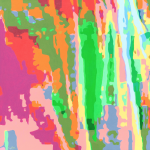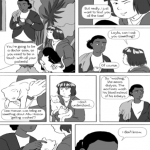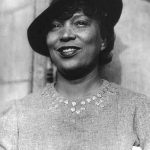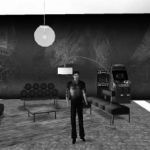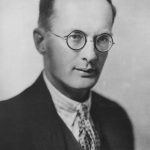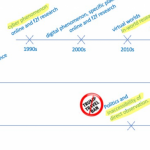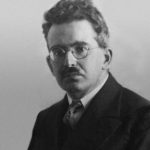
Upon initial examination, analysis—something anthropologists strive to achieve—may appear distinct from storytelling. For example, the latter is geared towards eliciting emotions, while the former exudes an aura of detachment and indifference–or as Geertz (1988, 2) describes the common understanding of ethnography, “Good anthropological texts are plain texts, unpretending”.
Yet, upon closer inspection, an affinity between stories and analyses becomes apparent. Drawing on her insights from a course led by Renato Rosaldo at Stanford, Kirin Narayan (2012, 8) contends that stories possess inherent analytical qualities, and within the sequence of reasoning, analysis takes on a narrative structure. Consequently, it is hardly surprising that ethnographers, despite the deeply analytical nature of their accounts, employ narrative forms and methods that storytellers have long embraced in their craft.

